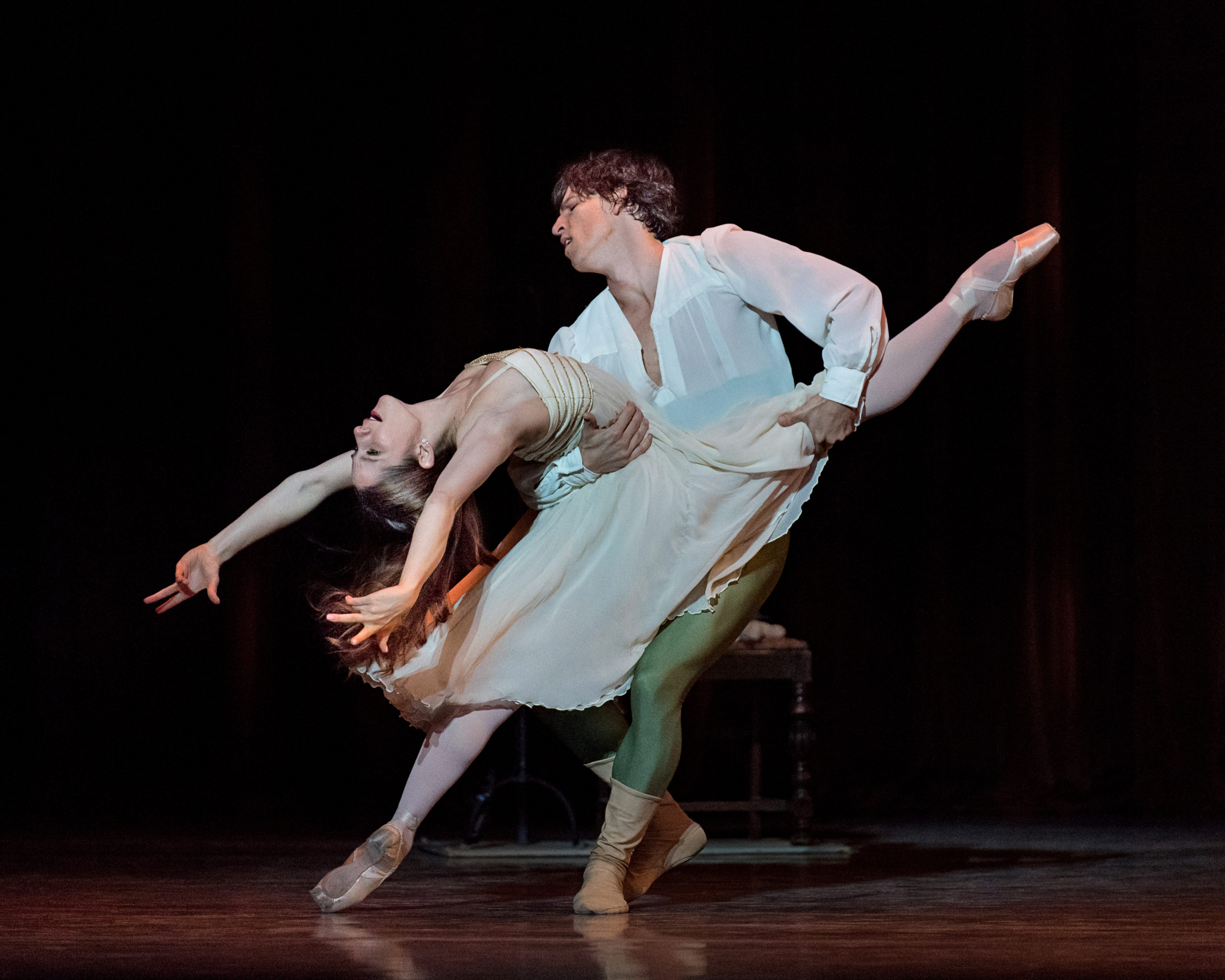How to Develop a Safe and Successful Dance Partnership
Two dancers coming together in a pas de deux represents the humanity of our artform and our natural desire for connection. But while building a strong partnership is rewarding, it’s not always easy. Differing working and communication styles, physical and emotional boundaries, and experience levels can create tension if not handled appropriately. “Partnership is an artform itself,” says Cincinnati Ballet principal dancer Melissa Gelfin De-Poli. “It’s beautiful, but it can be tricky sometimes.”
Creating a safe, professional relationship with your partner requires open communication, respect and support. “In a pas de deux, you work as a team to tell the story,” says BalletMet artistic director Edwaard Liang. “You are only as good as how comfortable each person feels.”
Here are some things to think about as you begin to develop a dance partnership.
Communication Creates Connection
The physical trust required to complete a pas de deux begins with communication. “You can’t trust someone with your being if you can’t trust them in their word,” says Gelfin De-Poli. When paired with a new partner, she starts breaking the ice by asking about their background, family or outside interests. Small things like this might seem insignificant, but begin to paint a picture of the whole person and help establish what you might have in common to develop a professional friendship.
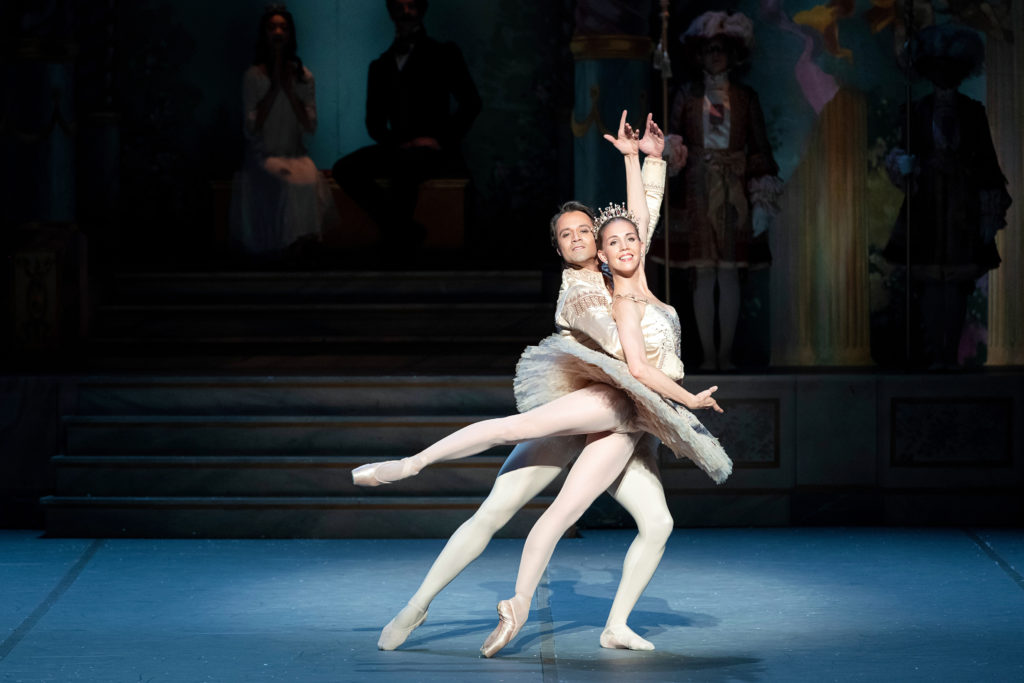
Boston Ballet principal dancer Paulo Arrais likes to first go through the choreography or talk about the character with his partner. “On first contact, I don’t judge,” Arrais says. “I’m just seeing how much interaction is happening—eye contact, how deep are we going to go into the character, and how much are they giving back to me.” Taking time to talk and develop physical comfort with your partner can help put you in the right mind space to begin to work on the choreography.
As a director and choreographer, Liang says he tries to invite conversations between dancers around the artistic elements of the pas de deux, as well. “Delving into the art of it helps propel you towards seeing the perspective of the other artist you’re working with, and that is a natural flow to develop trust,” he says.
Set Boundaries and Respect Them
Dancers should establish physical and emotional boundaries in the studio. Sarah Lozoff, an intimacy director who has worked with dance companies like American Ballet Theatre, says a large portion of her job while working with dancers is “defining, exploring and unpacking what consent means.” Part of this is encouraging dancers to be vocal about their boundaries, as well as respecting those of others. “We’re also acknowledging that they will change and understanding it’s not helpful to be offended if a person has boundaries,” she says.
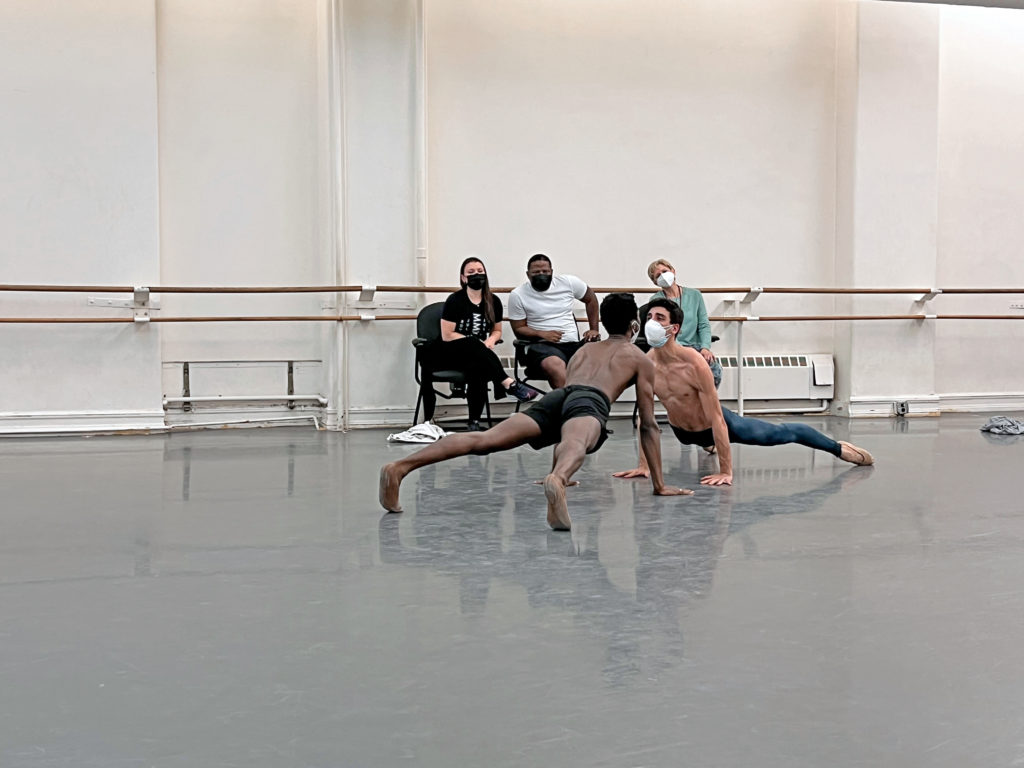
Lozoff emphasizes that a dancer’s defined boundaries for a specific role in rehearsal are not the same outside of rehearsal. “If we’re rehearsing a pas de deux that is really sexual and we’ve gotten comfortable with ‘It’s okay for you to touch me there,’ at the end of my workday, I don’t want to run into you at a bar and for you to think that’s still true.”
Know Your Resources
Sometimes disagreements, miscommunications and even verbal or physical harassment can arise between classmates and colleagues. Whether you’re at a ballet school, summer intensive or professional company, it’s important to know how your organization handles these kinds of conflicts. “Make sure you know what your [school or company] looks like in terms of who you could go to for help, before there’s an issue,” says Lozoff. “That way if something happens, you know what to do and you’re not scrambling.”
BalletMet has set protocols in their employee handbook for handling conflicts that could arise in the studio. Other companies, like Boston Ballet, have formal HR departments for serious matters, as well as other guidelines. “We have a policy of ‘Take five’ if things escalate a little too far in a rehearsal,” says Arrais. “Then either we’ll all talk about what happened together or the artistic staff will approach the situation in private.”
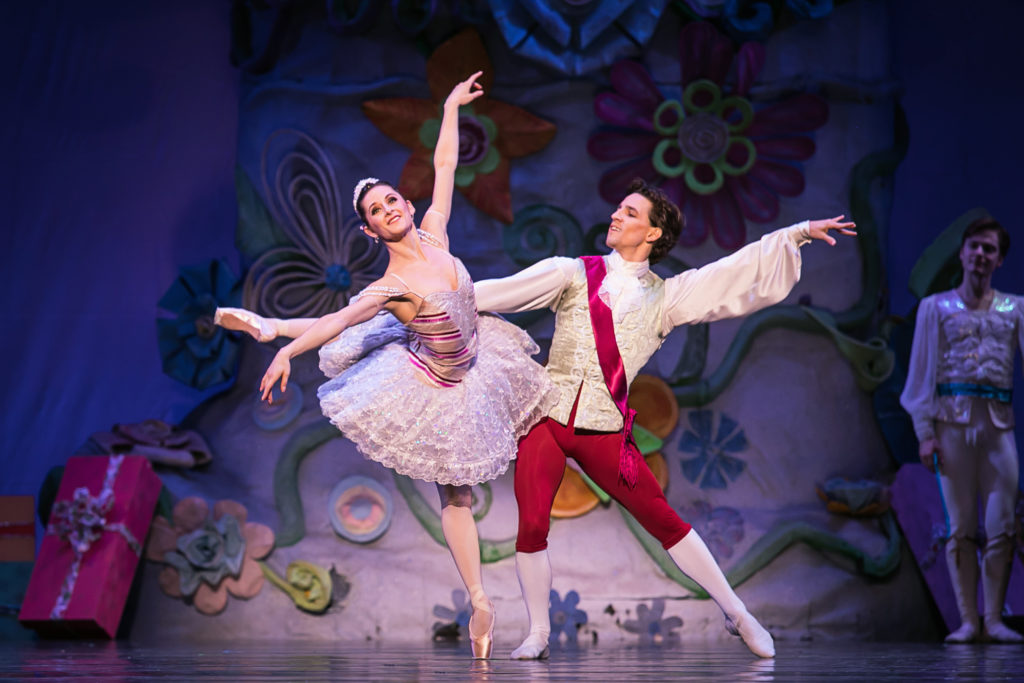
Gelfin De-Poli says when she is in a situation where she feels uncomfortable conversing one-on-one with a partner or colleague, she tries to stay level-headed and calls upon Tiffany Whitcomb, the company’s vice president of human resources, to help mediate their conversation to find a solution. Thankfully, it doesn’t happen often, but having a person she trusts who is also knowledgeable about how to help gives Gelfin De-Poli the confidence to handle disagreements with her partners in a calm way.
If you don’t have a designated HR representative, both Gelfin De-Poli and Lozoff recommend considering someone you trust within your organization who can be a neutral third party, like a teacher, rehearsal director, associate director or administrative staff member.
Ego Check and Self-Care
It’s easy to blame your partner when things go wrong. Arrais works on deconstructing his ego, meaning he approaches his partners with care and openness to their needs over his own. “An egoless attitude in the studio is really important,” he says, “so you don’t only talk, you also do a lot of listening.”
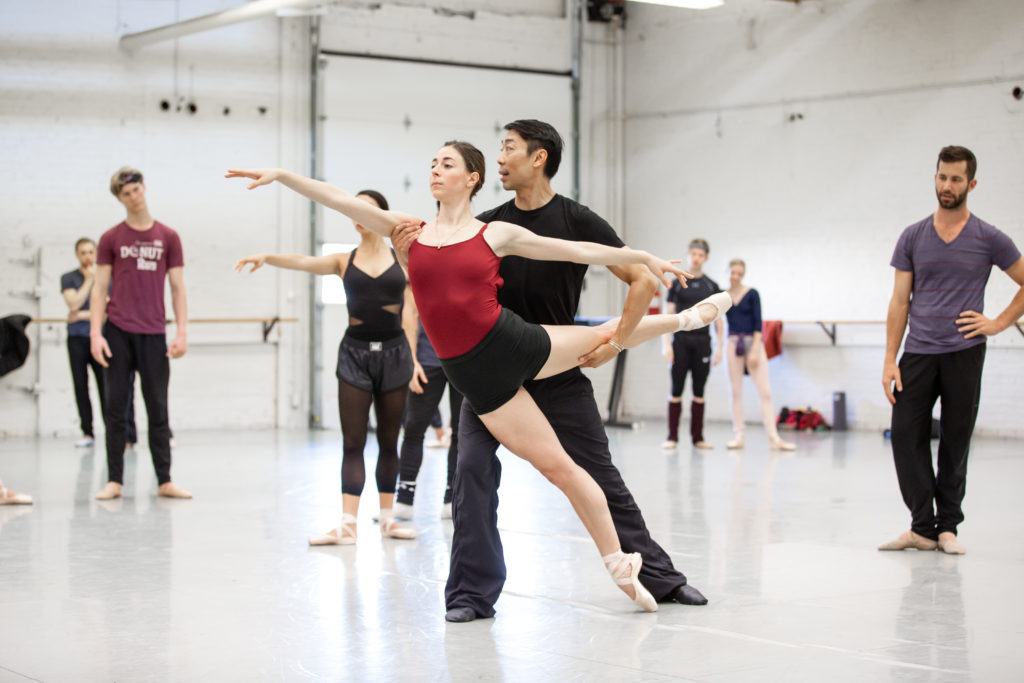
That type of care is important from the front of the room, too, says Liang. “The usual power dynamic is coming from the front, so if we put away our personal insecurities and egos as directors, that gives an opportunity to the dancers to not feel rushed to communicate with each other.” Encouraging listening between partners allows everyone to express their needs without judgment, which will make figuring out solutions much easier.
Just like in any relationship, you must take care of yourself before you can fully be present with someone else. Treat the mental strain of difficult material or partnering work as you would the physical strain. Dancers should feel comfortable setting an emotional boundary at work—don’t let your ego get in the way of accommodating your mental needs. “We all know that muscling through a physical injury can lead to a more serious or longer-term injury,” says Lozoff. “I think of it in a similar way with the mental and emotional health—there is no muscling through vulnerability.”
